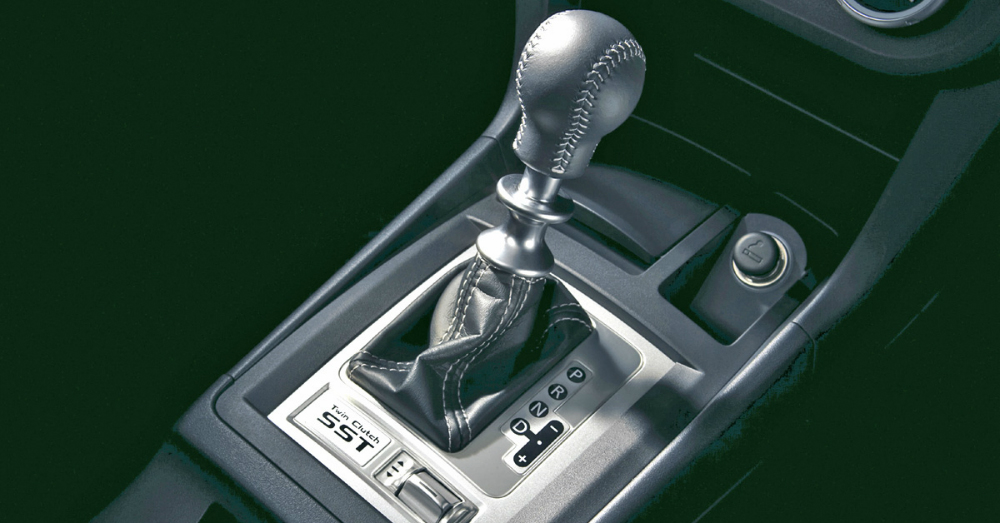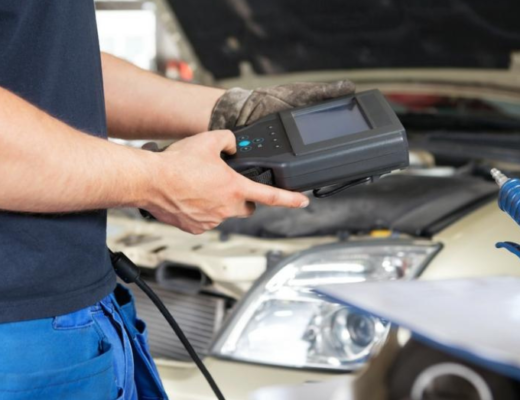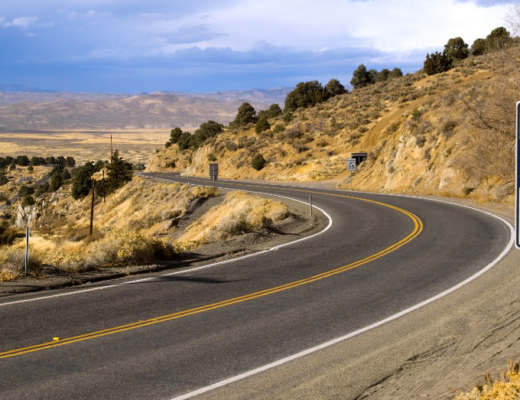The advancements made in the automotive world are nearly as many and as fast as the technology sector. Not only do we now see vehicles that have a wide variety of exceptional technology packed into their features, but we also see improvements in the mechanical portion of the vehicles we drive. One of the most impressive improvements we are enjoying now is the dual clutch automatic transmission, which helps make smoother shifting at all ranges of the vehicle its equipped in. The question we may have is how to drive with this transmission aboard, which may mean you need to change the way you have been driving to match the transmission.
Here are things you shouldn’t do when driving a vehicle with a dual clutch transmission:
Neutral when Stopped – Should you put the vehicle in neutral when you’re stopped in a vehicle that has a dual clutch transmission? Because you put pressure and possibly wear on the clutch when you have your vehicle stopped it seems to make sense to put the vehicle in neutral whenever you are in traffic at a red light. You don’t actually have to do this. The engineers that created the dual clutch automatic transmission have made it so the vehicle disengages both clutches at a specific speed and brake pressure, meaning you don’t have to put the vehicle in neutral when stopped.
Inclined Stops; Foot off Brake – In some automatic transmission vehicles you can take your foot off the brake when stopped on an incline, but you shouldn’t do this in a dual clutch vehicle. With a dual clutch transmission you need the brake pressure to remain constant to help keep from causing unnecessary wear and tear on the clutch pack that would otherwise need to work to keep the vehicle stationary on the incline for you.
Inching Forward – Minimize the time spent inching forward in a vehicle with a dual clutch transmission. When you are inching forward the clutch is unable to engage the full first gear, which creates more wear on the clutch as you creep forward either at a stop light or up an incline. There are times you will need to inch forward, but the less time you do this, the longer your clutch assembly is going to last, preventing you from unnecessary repairs down the road.
Downshifting/Upshifting – Another part of driving to avoid is downshifting while on the accelerator and upshifting when using the brakes. A dual clutch transmission has two clutches and two transmission shafts with one for the odd gears and one for the even gears. These transmissions are quick to shift because they only need to engage and disengage the clutch to shift to the next gear, but the onboard computer needs to be able to predict which gear you will be going to next. If you’re accelerating the computer assumes the next higher gear and if you’re braking it assumes the next lower gear which makes logical sense and if you do the opposite by upshifting when braking it may take longer than it should to engage the gear you want.
Launching – It’s not a good idea to launch your vehicle, but if it is something you need or want to do you can. This does put a lot of heat into the clutch and causes unnecessary wear on these components. In order to launch a dual clutch transmission vehicle you need the left foot on the brake and the right foot on the gas at the same time. Get the engine to the rpm you want quickly so you can release the brake and launch the vehicle while avoiding too much wear on the clutch parts. Once again, this is not advisable and should be avoided.
Enjoy this video that will show you in more detail why you shouldn’t do these five things in a dual clutch transmission vehicle.
This post may contain affiliate links. Meaning a commission is given should you decide to make a purchase through these links, at no cost to you. All products shown are researched and tested to give an accurate review for you.




